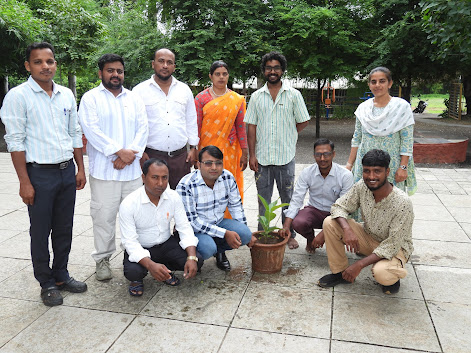Hope is a good thing—perhaps the best of things—and no good thing ever dies.
Imagine growing up in a community where you're not allowed to ask questions.
Where your future is predetermined even before you are born.
Where choices aren’t made—they’re forced.
Where you watch generation after generation endure the same fate.
But then someone dares to break the cycle.
It’s not easy. You receive life threats. You’re beaten. Your house is set on fire.
And still, you return.
You perform on the same streets where you were attacked just a week ago.
You rebuild in the same settlement where your home was burned.
You hold onto that one thing no one can take away from you—HOPE.
Hope that things can get better. And will get better—for good.
This is not a Bollywood script.
This isn’t the story of just one person.
This is the story of passionate grassroots leaders working tirelessly in the remotest corners of India.
Names we haven't heard.
Stories yet to see the light.
Voices that still go unheard.
Through Community Collectives, I’ve had the privilege of meeting some of these remarkable individuals.
It begins with reading their words in an application.
Then you hear their voice in a phone interview.
Eventually, the voice finds a face.
Strangers become friends.
Friends become a community.
Today, I am incredibly proud to introduce Cohort 6 of Community Collectives.
This year, we are working with 10 grassroots leaders from 6 Indian states.
Together, they are running 21 safe spaces, impacting over 1,500 children.
But that’s not all:
50% are first-generation school-goers.
1 in 3 have been child labourers themselves.
70% belong to the very communities they now serve.
Over the next year, we will walk alongside these grassroots leaders—offering them skills, knowledge, resources, and visibility to strengthen their work and deepen their impact.
Together, we will strive to create safe and joyful spaces of learning and support for children from historically marginalised communities like the Nat, Banjara, Phase-Pardhi, Musahar, Meer, and Fakir.
We will work to protect the right to a safe childhood for:
children living in the tribal belts of Bihar,
children selling balloons on the beaches of Goa,
children growing up in conflict zones of Chhattisgarh,
and children living in urban settlements across Maharashtra, Gujarat, and Uttar Pradesh.
Together we will address the disparity in society and in the not-for-profit world. Together, we will continue to hold onto that hope as a community.
Because hope is a good thing. And no good thing ever dies.








